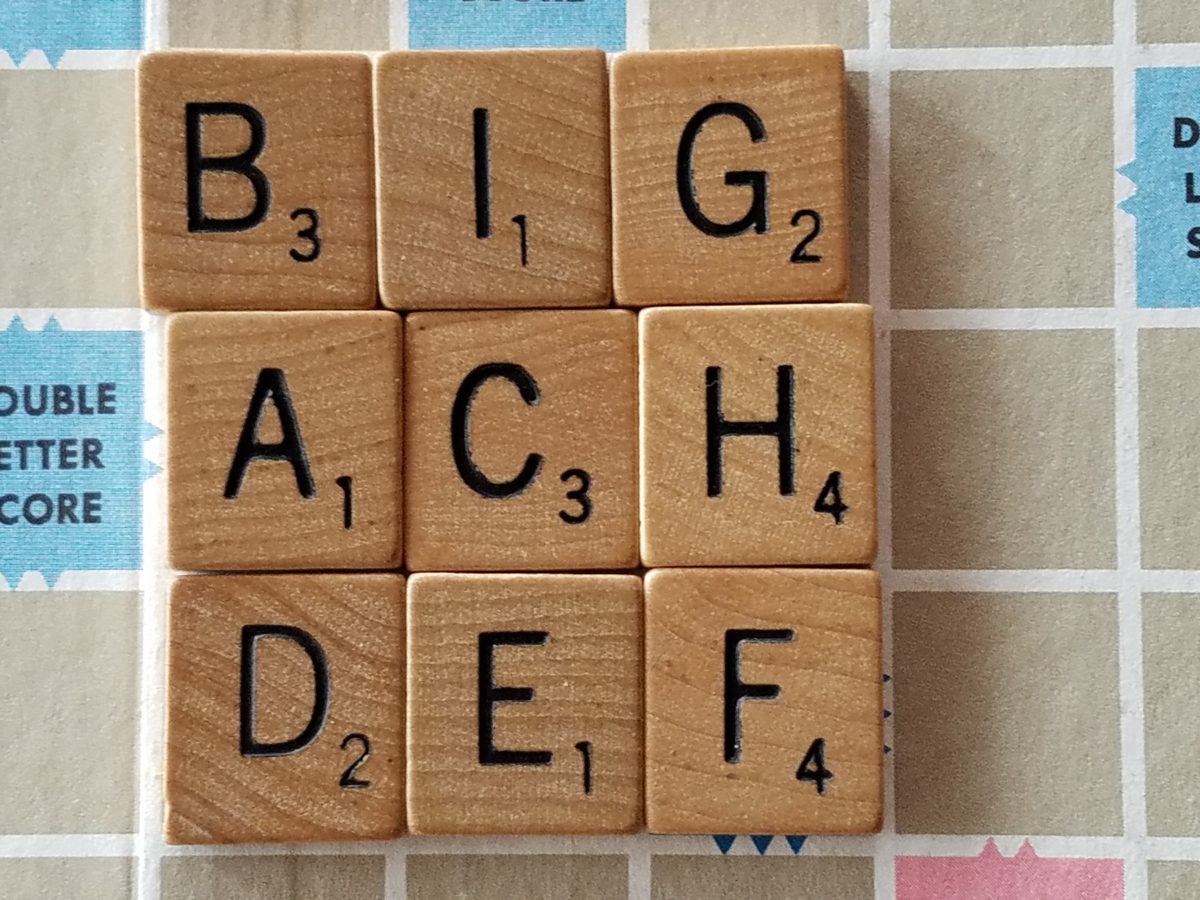When the jackpots are big enough, we see money pouring in. But ‘big enough’ keeps floating higher, and the number of players is not growing significantly. If we want to engage people to play more money more often, we need to give them better value. I discuss how to do that, in NASPL Insights April 2020.
Category: strategy
what to sell to whom
Real Gains through Simulated Play!
A new look for lottery
And I mean a new ‘looking for’ as well as a new ‘look’. Rather than sticking to game mechanics that have simple, obvious math defining the outcome probabilities, let’s ‘look for’ play value first. Get the probabilities by numerical simulation (teaching a computer to play). The grid above could be worth significant money, in the game I describe in NASPL Insights February 2019!
Betting Randomly on Sports: New Lottery Territory?
People are publicly passionate about sports, as about little else. Where they bet money on sports, the collision of passions and skill can support a big business. Lotteries, accustomed to running games of pure chance, face a steep learning curve if they get involved in sports betting. But there is potential to use a sporting event to determine the outcome of a game of pure chance- if the player bets randomly. How can lotteries develop this opportunity? I explore this question in NASPL Insights September 2018.
Risky Business – Time for Insurance?
Historically, state-sponsored lotteries have relied on the sheer volume of transactions, achieved through their monopoly status, to make the risk of paying big prizes reasonable. However, these advantages may be absent when a new game is started. Other businesses have developed risk-sharing mechanisms, including insurance against specific risks. ‘Synthetic’ lotteries like Lottoland have shown these can work in gaming. There maybe something to learn here, as I discuss in NASPL Insights August 2018.
Engineering Instant Game Prize Structures: Results from Washington State
In lottery games repeat play is very important, and the prizes people actually win are particularly important in maintaining play of instant games. The cost of prizes is our greatest single cost, and tends to be challenged by auditors. Using quantitative visualization techniques described in NASPL Insights December 2013, the Washington Lottery redesigned its entire instant game portfolio and started fielding new-plan games in FY2016. Prize expense was reduced in key categories, yet the winning experience delivered to most players was improved. The financial and operational results were very positive through FY16 and FY17, as I describe in NASPL Insights Oct 2017
Why Does a Whole Village Win in El Gordo?
I reflect on how the logistics and information technology of 200 years ago (pen and ink, and mules) formed the game. Further, I show how its winning experience and structure support its social aspects. If we want to leverage social networks now in North America, we must find ways that fit our contemporary technologies and social structure. NASPL Insights February 2017
Go ahead, call us “the Lotto”…
The Lotto game, developed in the middle of the 20th century, was a big improvement over earlier games, but needed the scale that only government monopolies could at that time provide. Now, state lotteries offer big and small versions of Lotto under a variety of names. When people call us “the Lotto”, they may be recognizing that this is our particular franchise -not a bad thing, I suggest. NASPL Insights April 2016
What Veronique Taught Me About Advertising
I irritated Veronique by suggesting that she had effectively projected a message as a model 30 years ago; she corrected me saying that the message was mine, projected onto her. Her talent was to be an effective screen or mirror. She went on to explain her view that affirmation is something everyone seeks, and that affirming the optimism of lottery players may be the best way for us to use advertising. We remember some examples, in NASPL Insights October 2015.
Changing Brands: A Conversation with Veronique
Veronique, who as a model helped build a brand and a successful company in the eighties, finds the brand now gone, while the company thrives. Her perspective, based on 30 years’ experience, is that the brand and the company are separable: the customers create the brand among themselves, and as the customers change, so does the brand. We speculate about how the 30-year-old lottery brand should be changing, in NASPL Insights August 2015.
US Lotteries Review 2013- Recovery from Recession
I examined the recovery of the US instant business in particular, after instant sales in most jurisdictions were set back by the start of the Great Recession. I found that due to migration of the business to games of higher price point (and lower profitability), only in 2013 did the purchasing power of Net Win (or Gross Gaming Revenue) first exceed its pre-recession level. This work appeared in WLA US Lotteries winter 2014.
